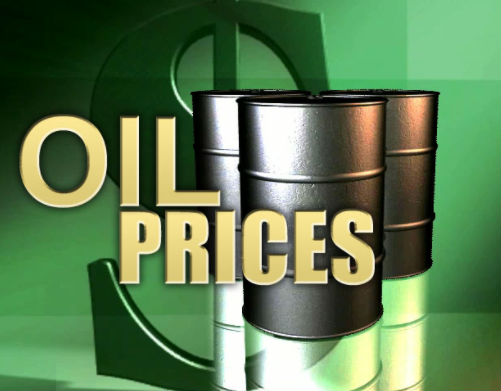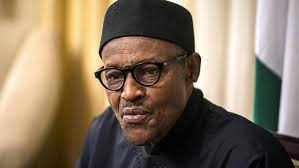Oil Price Hits Three Year High Over Us-Iran Nuclear Deal

Oil prices on Wednesday went up with Brent crude reaching 76.75 dollars per barrel at some point which is the highest since November 2014. The development is attributed to the decision of President Donald Trump to abandon a nuclear deal with Iran and other western countries. Trump also threatened to impose the “highest level” of sanctions against Iran.
The withdrawal comes in spite of pleas by many US allies that the international nuclear deal with Iran entered into in 2015 be allowed to stay because of the implications of doing otherwise which poses risk of igniting conflict in the Middle East and casting uncertainty over global oil supplies amid an already tight market.
As at Wednesday, U.S. West Texas Intermediate (WTI) crude futures were up 1.43 dollars per barrel, or 2.1 per cent, at 70.49 dollars a barrel, near highs also last seen in late 2014.
In China, the biggest single buyer of Iranian oil, Shanghai crude futures hit their strongest in dollar terms since they were launched in late May, above 73.20 dollars per barrel.
Analysts said the soaring prices were the result of an expected fall in Iranian oil exports.
“Iran’s exports of oil to Asia and Europe will almost certainly decline later this year and into 2019 as some nations seek alternatives in order to avoid trouble with Washington and as sanctions start to bite,” said Sukrit Vijayakar, director of energy consultancy Trifecta.
Iran re-emerged as a major oil exporter in 2016 after international sanctions against it were lifted in return for curbs on its nuclear program, with its April exports standing above 2.6 million barrels per day (bpd).
That made Iran the third biggest exporter of crude within the Organization of the Petroleum Exporting Countries (OPEC), behind Saudi Arabia and Iraq.
Walking away from the deal means that the United States will likely re-impose sanctions against Iran after 180 days, unless some other agreement is reached before then.
ANZ bank said Mr Trump’s decision “puts into place a scenario that could see the crude oil market tighten significantly in H2 2018 and into next year”.
Several refiners in Asia told Reuters they were already seeking alternatives to supplies from Iran.
“There are worries that Iran’s oil exports could fall by about one million barrels per day (bpd) from current levels,” said Tomomichi Akuta, senior economist at Mitsubishi UFJ Research and Consulting in Tokyo.
“The oil supply/demand balance is roughly in balance now, but it could turn to a complete supply shortage (in case of new supply curbs).
“Oil prices could rise at least 10 dollars (a barrel), with Brent approaching near $90,” Mr Akuta said.







